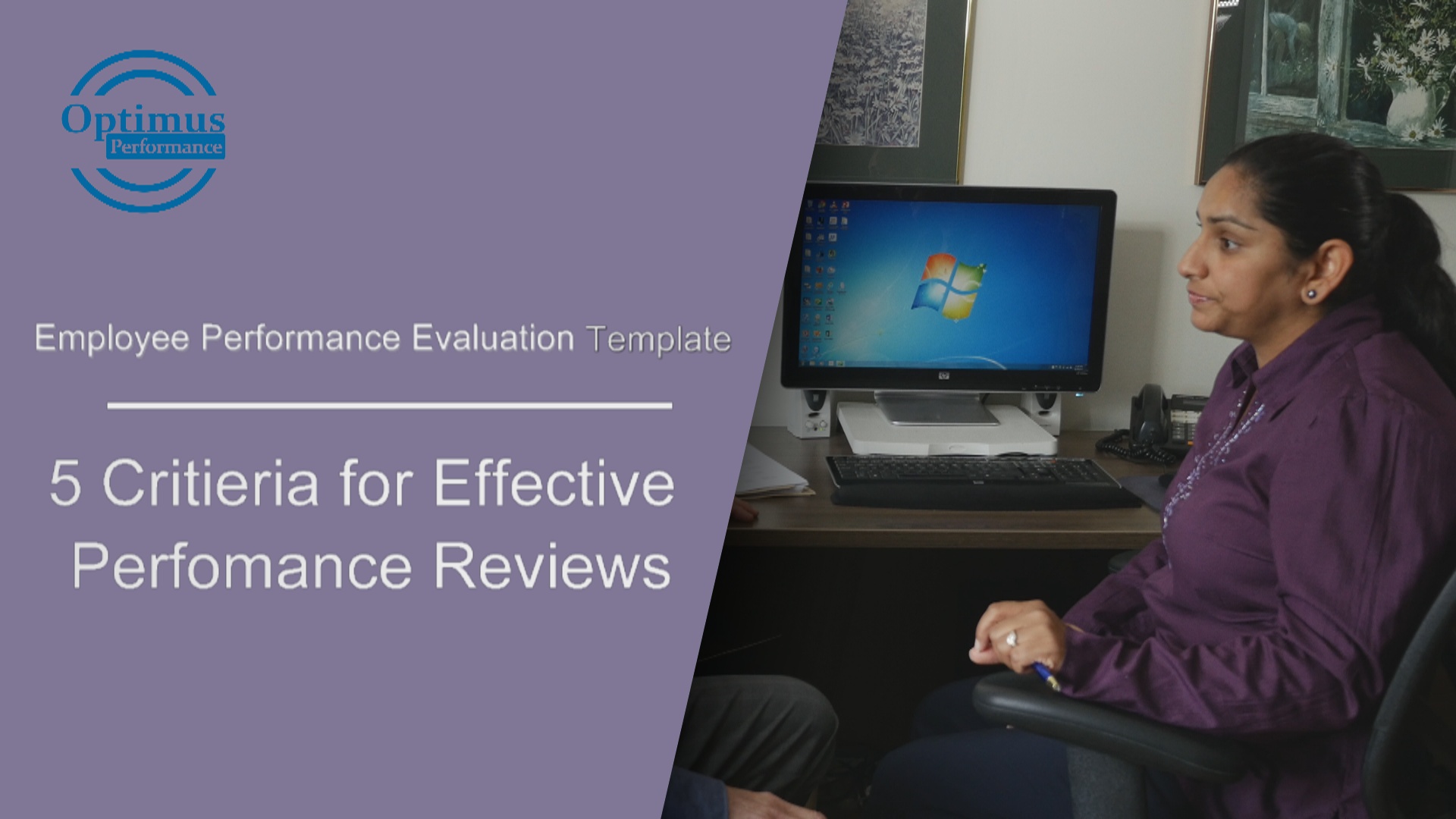Employee Performance Evaluation Appraisal Criteria and Form Template
What criteria is best used when conducting an employee performance appraisal? Many companies and business owners face this problem and often search for forms and ready-made templates, which are easily found online.
In my last article and video, I suggested using a job description as a reference for job criteria when you have not developed your own job specific evaluation criteria.
However here is a simple approach that can be used to generate a discussion around five key employee competencies. When you use these competencies in conjunction with your observation of the employees’ performance, you can conduct an effective employee performance evaluation meeting. This will provide the employee with valuable feedback and give you a platform to agree on performance improvements.
These five competencies have been taken from our Profile Performance Indicator assessment that we use with our clients. This is a great tool to gain a deeper understanding of employees and to engage in discussions about performance.
Five Employee Performance Competencies
These five employee competencies can be used as a basis for providing feedback on performance and to set performance improvement objectives.
- Productivity – effectiveness in getting things done, in relation to time and cost requirements
- Quality of work – adherence to an expected standard of result that is a part of a job or activity
- Initiative — the ability to act without the help or insistence of others
- Teamwork – a cooperative effort by a group or team to produce a desired result
- Problem solving – process of finding a way to successfully resolve a difficult situation or problem
Evaluating Employee Performance
Think of the employees that report to you when looking at the above list. You can even create a gird where you list each employee in a column next to the competency. Here is a link to download the grid I use. Rate each employee for each competency on a scale of 1 to 5., 5 being excellent.
A fast-paced employee might be higher on productivity and lower on quality as they probably rush through things versus a lower paced employee who tends to focus better.
Using these competencies creates a great opportunity for discussion with the employee. In my last article and video I explained how to conduct the review using the job description and you can use the same tips with these criteria.
The key is to reflect on each employee according to these criteria and jot down their strengths and weaknesses so you can give feedback on both.
Make sure you introduce the criteria and the evaluation form to be used to your employees before holding the review sessions.
I have created an employee performance evaluation form template that can be downloaded with these competencies or add your own. You can also use the job description along with this form and competencies to expand the discussion with the employee.
The most important aspect of an employee performance evaluation is the time you spend with the employee. Make it an opportunity to build the relationship and to get cleat on where you stand in terms of their performance.
In addition, make it a point to give regular feedback to the employee so that there is no misunderstanding and major disagreements when you sit down for a more in-depth formal review.
In my next article and video, I will take this a step further to suggest a way to set performance improvement objectives and I will provide a form to use for that purpose.
